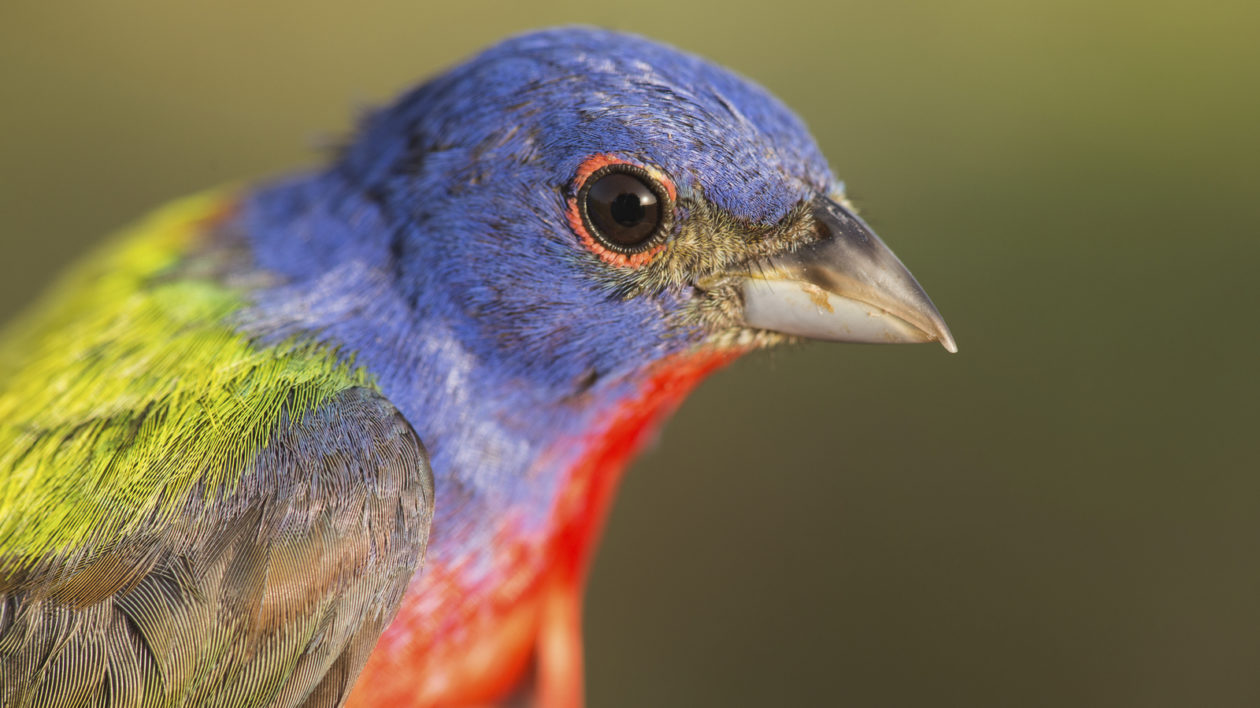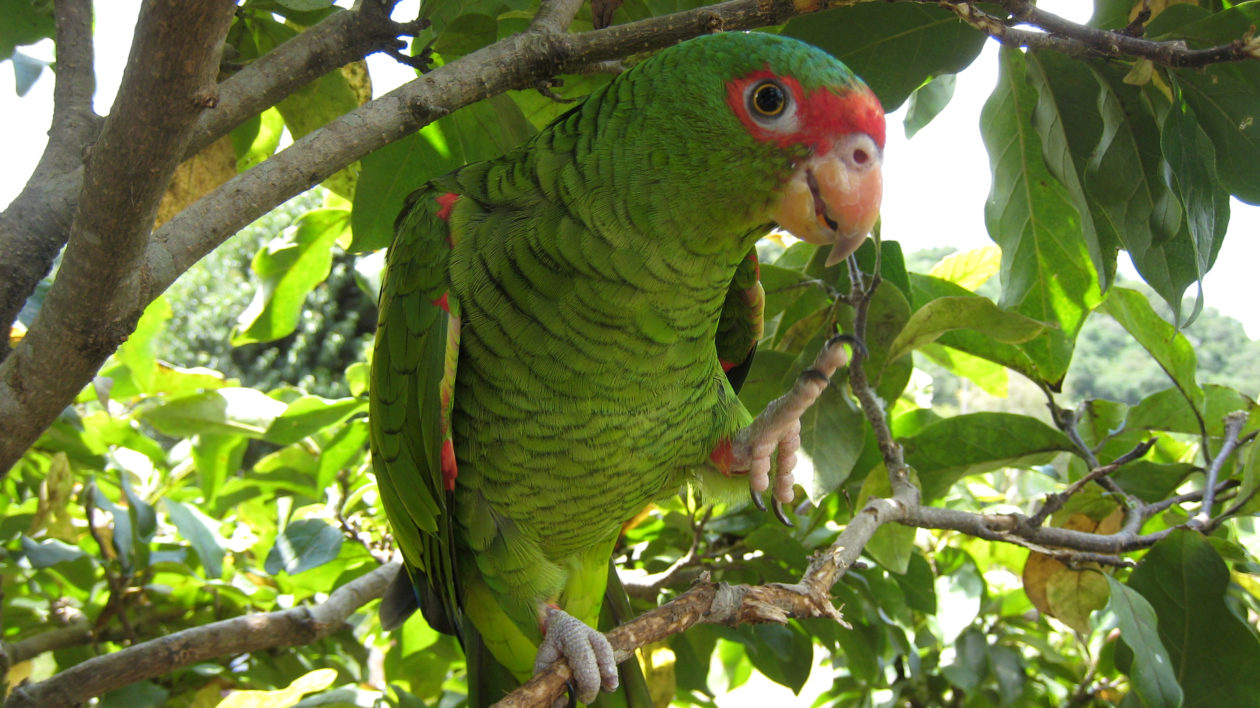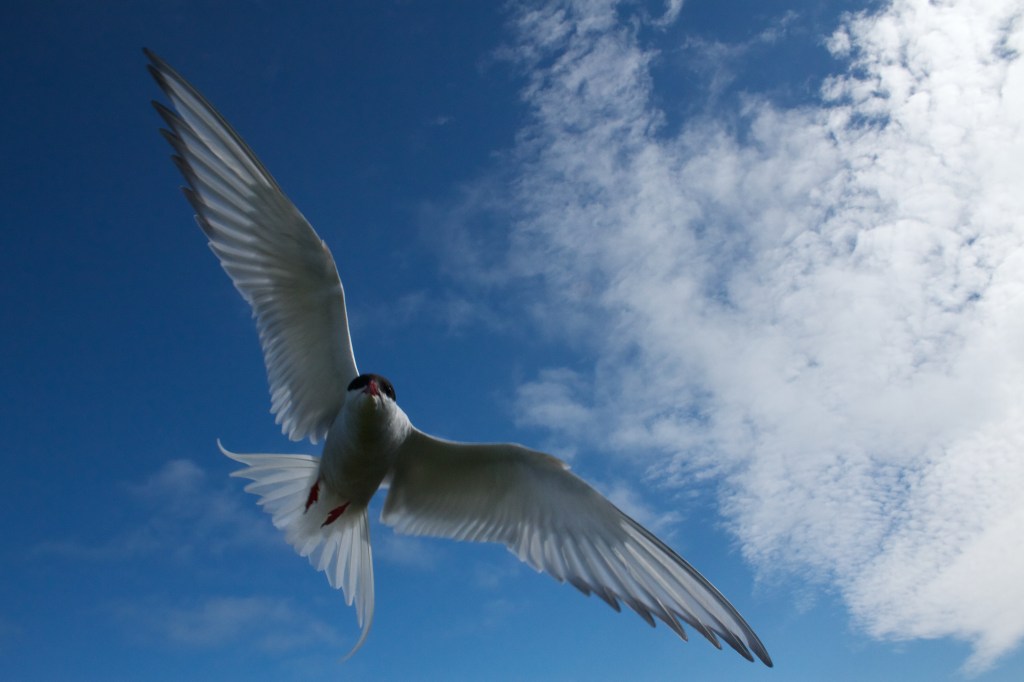Compared to other species, the world’s nearly 10,000 birds receive a lot of conservation attention. But what if one of our most common conservation tools — protected areas — are failing to protect migratory species?
New research reveals that 91 percent of migratory birds are missing adequate protection in one or more parts of their seasonal range, according to a new study published in Science last week.
Tricky conservation for migrant birds
The Arctic Tern is an epic migrant: it breeds in the far northern Arctic and then flies the length of the entire western hemisphere to its wintering grounds in the Antarctic. In a lifetime, each tern travels the equivalent of flying to the moon and back three times.
Amazing though they may be, these vast journeys complicate conservation efforts.
“Migratory birds are more challenging for the simple fact that they rely on multiple places,” says Claire Runge, lead author on the research and a postdoctoral researcher at the National Center for Ecological Analysis and Synthesis.
“If a bird is missing protection or conservation in any one of those places,” Runge says, “it doesn’t matter what you do somewhere else.” About one-quarter of the world’s bird species migrate, and effective conservation of these species will require conservationits to coordinate their efforts across multiple countries and ecosystems.

Mapping migration against protected areas
Protected areas are a staple of modern conservation, but just how well do they protect migrant birds? To answer this question, Runge and her colleagues at the University of Queensland pulled the distributions of 1,451 species of migratory birds and mapped them against global protected areas. That allowed them to determine how much of the birds’ wintering grounds, breeding grounds, and stopover sites were included in protected areas.
Runge also set an individual protection target, or goal, for each species based the overall size of its range.(For example, species with a small range will need more of that range included in protected areas.) Finally, Runge and her colleagues calculated what percentage of each bird’s range is currently included in protected areas and compared that number to the target.
“What we found was that very, very few migratory bird species are adequately protected across all parts of their range,” says Runge. Her results show that a full 91 percent of species are missing protection in one or more parts of their range.
“One of the worrying things is that threatened birds are doing even worse,” says Runge. For species classified as vulnerable, endangered, and critically endangered, just 3 percent of those species have adequate protected area coverage

What makes a bird vulnerable?
Some migratory birds are vulnerable because most or all of the population uses just a few stopover sites to rest and refuel along their migratory route. Runge says that many shorebirds in the East Asian-Australasian Flyway, like the Far Eastern Curlew and the Great Knot, have undergone massive decline in the last decade as they’ve lost critical stopover sites in the Yellow China Sea.
“Its so worrying, because these are birds that were once so common that we didn’t think we really needed to worry about them,” says Runge. Despite being classified as globally vulnerable under the IUCN, just 7 percent of the Great Knot’s distribution during migration is covered by protected areas, when the species congregates in very high numbers.
Runge points out that other migratory species, like the European Little Bustard, are vulnerable to less-localized threats, including broad changes in agricultural practices.

Keeping birds in mind for new protected areas
Runge’s research reveals that, so far, protected areas aren’t well placed to protect migratory birds.
“This could be a depressing story, but there’s a lot of cause for hope,” says Runge. She cites examples like the Piping Plover and Spoonbill Sandpiper, two species that are heavily dependent on conservation efforts but are rallying support and action from people in different parts of their range.
“We’re in the middle of the biggest expansion of protected areas that the world has ever seen,” adds Runge. “If we continue to put protected areas in the places that are cheap, far from people, or not important for agriculture, then we’re still going to loose these migratory birds. So as we expand protected areas we need to involve smart science and come up with solutions that really work.”




Great article. So glad to hear this is actually being studied and noticed…I was wondering! Thanks, Justine!